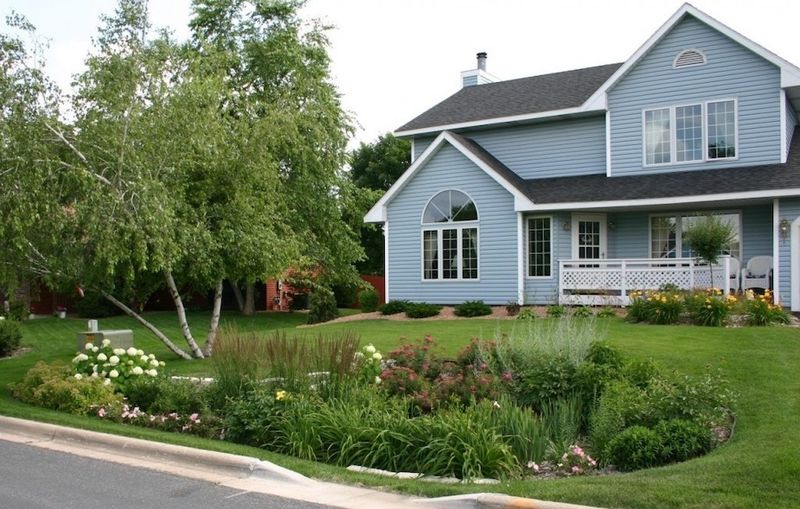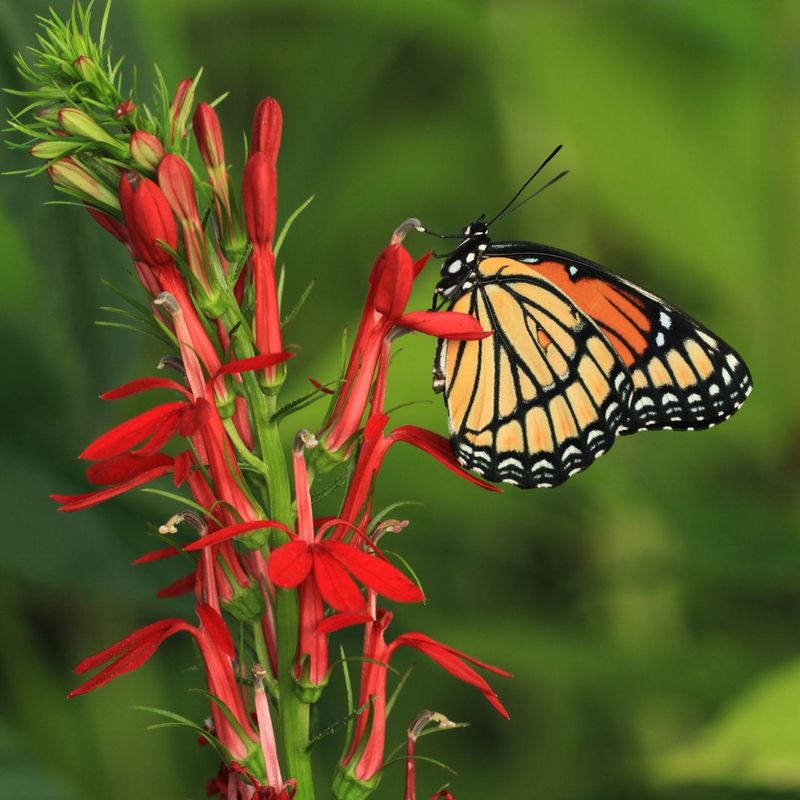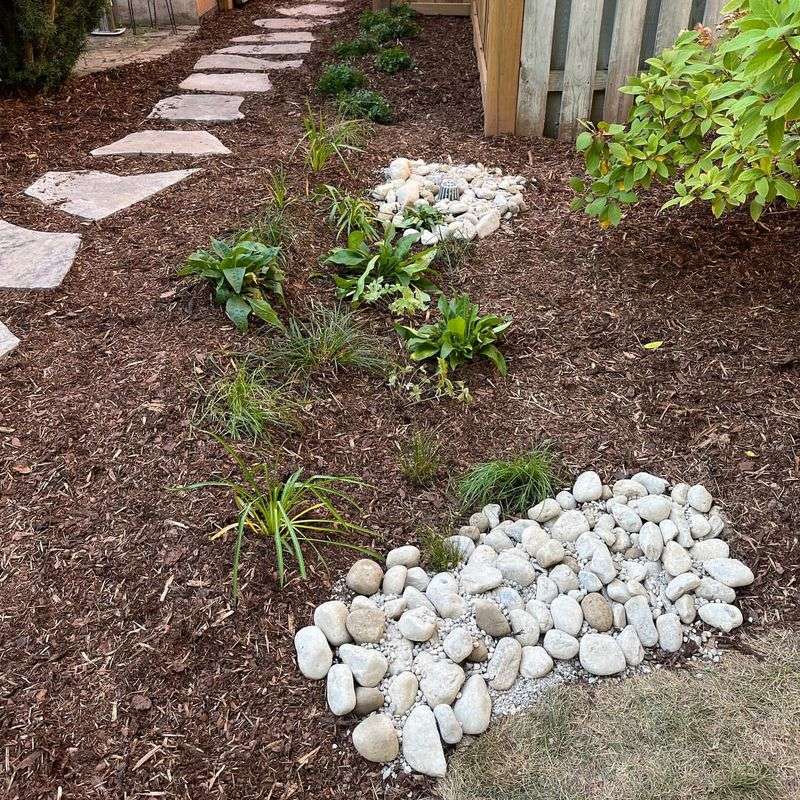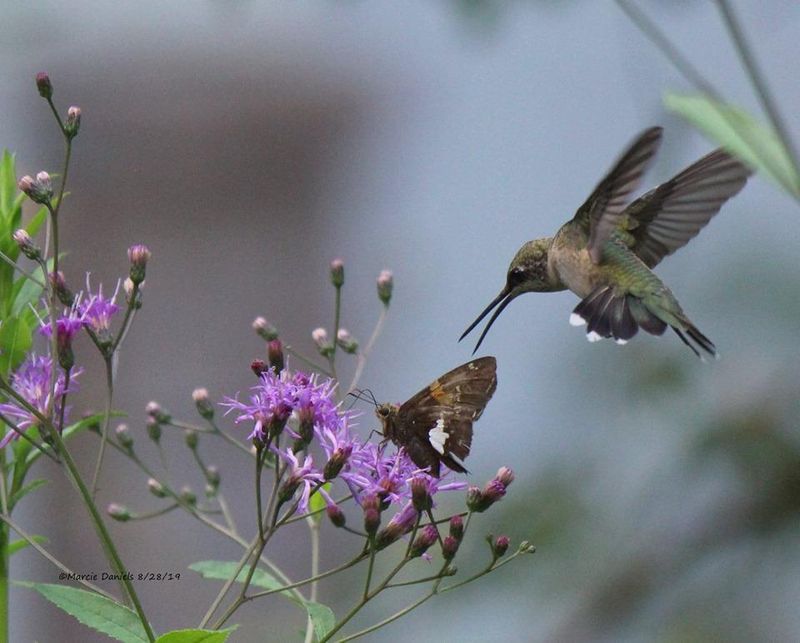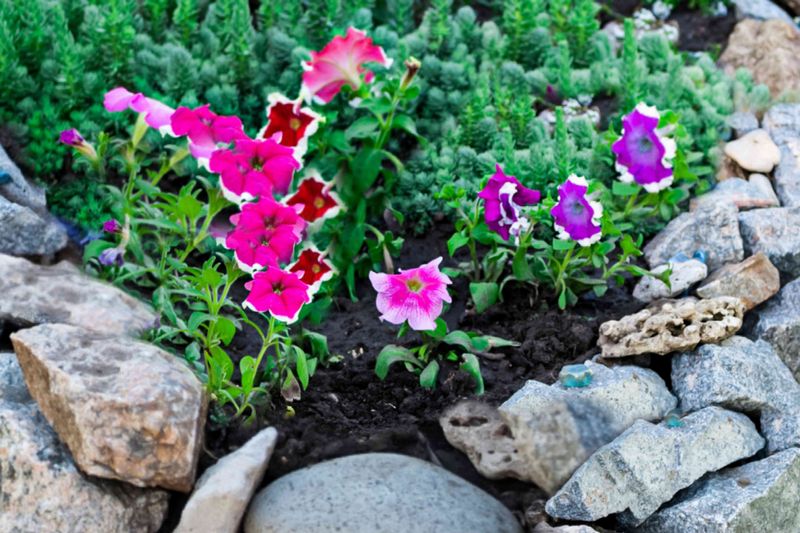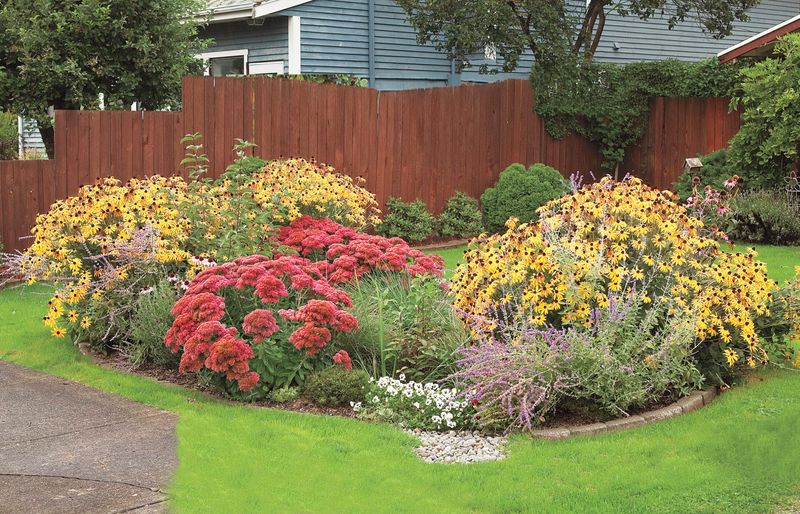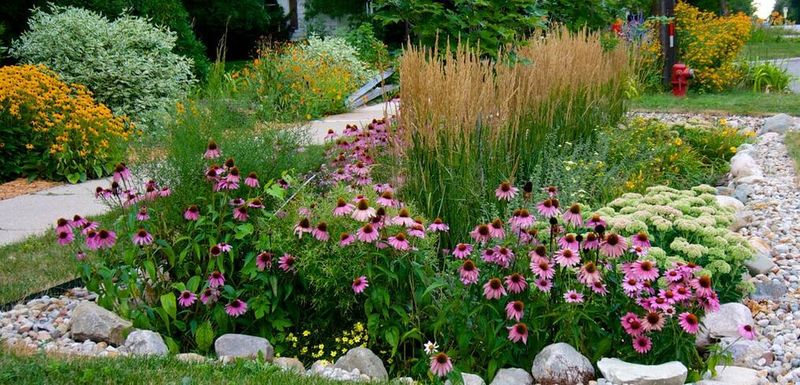Nashville’s mix of steamy summers and rainy springs makes it ideal for rain gardens. These clever garden features soak up runoff, helping prevent flooding and erosion. They also support local wildlife and protect the Cumberland River watershed from pollution.
I built my first rain garden after noticing water pooling in my East Nashville yard during heavy storms. What started as a fix for soggy grass turned into my favorite spot—full of goldfinches, butterflies, and lower water bills. It’s both practical and unexpectedly beautiful.
You don’t need fancy tools or a landscaping degree to create one. With smart planning and the right plants, any yard can help fight urban runoff. Rain gardens offer a low-maintenance way to stay climate-conscious while adding charm to your outdoor space.
1. Designing For Nashville’s Seasonal Downpours
Position your rain garden where it can catch runoff from gutters, driveways, or natural slopes. The best locations are at least 10 feet from your home’s foundation to prevent water damage.
A properly sized garden should be about 20-30% of the drainage area it serves. My neighbor’s small rain garden handles runoff from half their roof, measuring just 8×10 feet but making a huge difference during Nashville’s spring thunderstorms.
2. Native Plant Selection For Middle Tennessee
Our region’s native plants have evolved to handle both drought and flooding, making them perfect rain garden candidates. Species like Cardinal Flower, Blue Flag Iris, and Swamp Milkweed thrive in these conditions.
When I replaced my lawn’s problem area with Tennessee natives, maintenance dropped dramatically. The deep root systems of these plants create channels for water to penetrate clay soils, improving drainage throughout my yard while providing crucial habitat for local pollinators.
3. Using Switchgrass To Stabilize Slopes
The extensive root system of this native grass makes it exceptional for preventing erosion on Nashville’s hilly properties. A single switchgrass plant can send roots 10 feet deep, creating natural channels for water infiltration.
Last year, I added a switchgrass border along my property’s slope. During heavy rains, I noticed significantly less soil washing away compared to previous years. The golden seedheads catching winter light have become an unexpected bonus, adding movement and texture to my garden.
4. Layering Plant Heights For Effective Water Flow
Structuring your rain garden with taller plants in the center creates a natural basin that slows water movement. Medium-height plants in the middle zone and low-growing species around the edges complete this effective design.
The layered approach mimics natural wetland edges. In my garden, tall Joe-Pye weed anchors the deepest section, surrounded by mid-height Black-eyed Susans, with sedges forming the outer ring—a arrangement that manages Nashville’s summer cloudbursts beautifully while creating visual interest.
5. Incorporating Edible Plants Into Wet Areas
Many edible native plants thrive in the moist conditions of rain gardens. Pawpaw trees, elderberry shrubs, and serviceberry can handle periodic flooding while providing delicious harvests.
The edge of my rain garden features a small elderberry that produces enough berries for several batches of syrup each summer. Nashville’s climate is perfect for these moisture-loving edibles that connect gardening with our regional food traditions while managing stormwater.
6. Creating Wildlife Habitat With Water-Loving Plants
Rain gardens make perfect wildlife habitats, especially when planted with species that support local fauna. Native milkweeds feed monarch caterpillars, while buttonbush attracts dozens of butterfly species with its unique flowers.
After establishing my rain garden, I documented seven bird species I’d never seen in my yard before. The combination of water, shelter, and food sources makes these gardens biodiversity hotspots in Nashville neighborhoods where natural areas are increasingly scarce.
7. Building Stone Edges For Erosion Control
Limestone rocks—abundant in Middle Tennessee—make excellent borders for rain gardens. They stabilize edges while adding a natural, sculptural element that complements plantings.
Collecting stones from my property (with permission from neighbors who were renovating), I created a beautiful border that prevents soil washing away during heavy Nashville downpours. The rocks warm in the sun, providing basking spots for beneficial garden lizards that help control pests naturally.
8. Shaping Basins For Maximum Water Capture
The depth of your rain garden basin determines how much water it can hold. For Nashville’s clay soils, a depression 4-6 inches deep works well, allowing water to percolate slowly while preventing standing water beyond 24 hours.
When digging my basin, I created a gentle bowl shape rather than steep sides. This natural contour helps prevent erosion and makes maintenance easier. During our heaviest spring rains, the garden fills completely then drains within a day—exactly as designed.
9. Adding Mulch Layers To Retain Moisture
A 2-3 inch layer of hardwood mulch helps rain gardens function properly by preventing soil compaction, reducing evaporation, and filtering pollutants. Avoid floating mulches like pine bark in areas that will experience flowing water.
Double-shredded hardwood mulch has worked best in my Nashville garden, staying in place even during heavy downpours. Local arborists often provide free mulch from tree work, making this an economical option that diverts wood waste from landfills while improving your garden’s performance.
10. Connecting Multiple Gardens For Watershed Protection
Linking several small rain gardens with shallow swales creates an effective stormwater management system across your property. This approach mimics natural watershed functions on a residential scale.
My front yard rain garden overflows into a rock-lined channel leading to a second garden area near the street. During Nashville’s heaviest rains, this system captures nearly all runoff from my roof and driveway, preventing pollution from reaching nearby Richland Creek.
Several neighbors have now created similar systems, multiplying our local impact.


